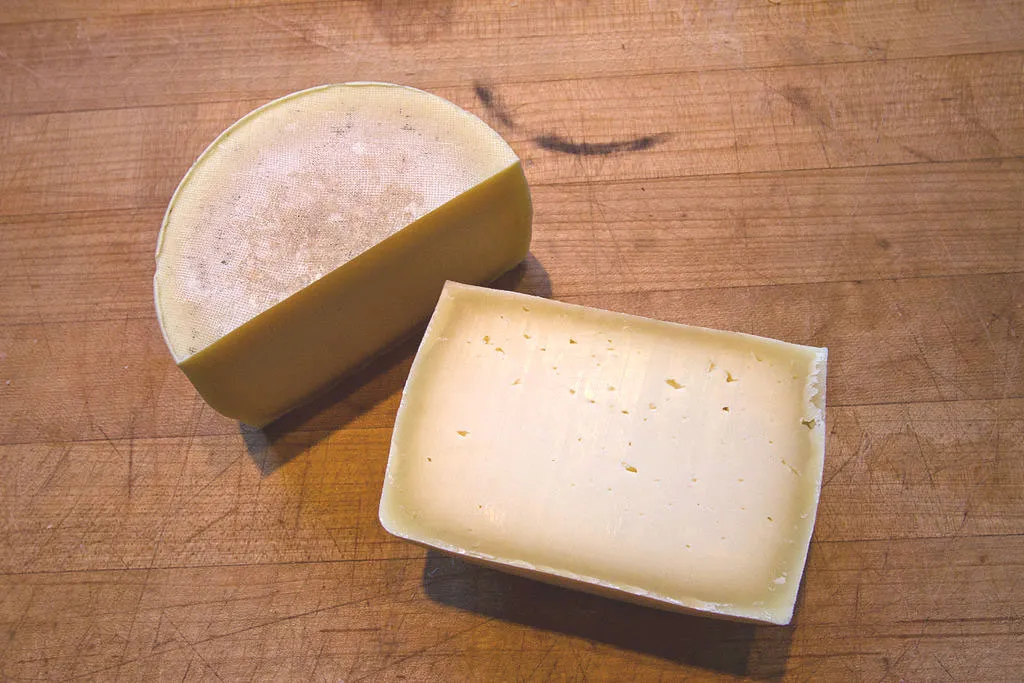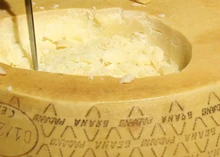
Substitutes for Romano
Romano cheese is a famous Italian cheese known for its sharp and tangy flavor. It is often used in pasta dishes, salads, and as a topping for pizzas. However, there may be times when you run out of Romano cheese or simply want to try something different. Luckily, several substitutes can mimic the taste and texture of Romano cheese quite well, and this article will explore some of them.
Is Romano cheese similar to Parmesan cheese?
Although Romano and Parmesan cheese may seem similar at first glance, there are some critical distinctions between the two varieties. Romano cheese, also known as Pecorino Romano, is made from sheep's milk, giving it a distinct tangy flavor that sets it apart from Parmesan. This sharpness is a result of the aging process, with Romano cheese typically matured for a minimum of five months, compared to Parmesan's aging period of at least 12 months. In terms of culinary uses, Romano is often used for grating over pasta dishes, salads, and soups, as its bold flavor can stand up well to other ingredients.
On the other hand, Parmesan cheese is more commonly used as a table cheese, enjoyed on its own, or paired with fruits and nuts. Both cheeses hail from Italy, with Parmesan originating from the regions of Parma, Reggio Emilia, and Bologna, while Romano cheese has its roots in the Lazio and Sardinia regions. The rich history and cultural significance of these cheeses add to their allure and popularity in the culinary world.
Is Romano Cheese Similar to Mozzarella Cheese?
While both Romano cheese and Mozzarella cheese are of Italian origin, they are quite different in terms of taste and texture. Romano cheese has a pronounced sharpness, whereas Mozzarella is mild and creamy. Additionally, Romano is a hard cheese, while Mozzarella is a soft cheese. Using Mozzarella as a substitute for Romano cheese is not recommended due to its general dissimilarity.
One interesting fact about Romano cheese is that it is typically made from sheep's milk or a combination of sheep's and cow's milk. This gives it a unique flavor profile that sets it apart from other cheeses. Romano cheese is aged for a more extended period compared to Mozzarella, which contributes to its intense flavor.
On the other hand, Mozzarella is known for its stretchy and gooey texture when melted, making it a popular choice for dishes like pizza and lasagna. It is a fresh cheese that is usually made from cow's milk and has a mild dairy taste. Mozzarella is best enjoyed when it is freshly made and has a soft, creamy consistency.
Is Romano Cheese Similar to Asiago Cheese?
Similar to Romano cheese, Asiago cheese is another Italian cheese known for its robust flavor. Asiago can range from mild and creamy to sharp and tangy, depending on its age. While the taste of Romano cheese is more intense and sharp, Asiago cheese can still provide a similar flavor profile in recipes. However, keep in mind that the texture of Romano cheese is coarser and grainier compared to that of Asiago cheese.
Both Romano and Asiago cheeses have Protected Designation of Origin (PDO) status in Europe, which means that the cheeses must be produced in specific regions following traditional methods to be labeled as such. Romano cheese is primarily produced in Italy, specifically in the areas of Lazio, Lombardy, and Sardinia, while Asiago cheese hails from the Veneto and Trentino regions. These geographical indications play a significant role in the distinct characteristics of each cheese, influenced by factors such as local terroir and production techniques.
When it comes to pairing these cheeses, Romano is often recommended for bold dishes like pasta carbonara or cacio e pepe, where its sharp and salty flavor can shine through. On the other hand, Asiago cheese's versatility makes it suitable for a variety of culinary creations, from salads and sandwiches to melting-over pizzas and gratins. Whether you choose Romano or Asiago cheese, both offer a delicious taste of Italian culinary tradition that can elevate your dishes to new heights.
Is Romano Cheese Similar to Cheddar Cheese?
Cheddar cheese is a popular cheese choice, especially in savory dishes. However, it is quite different from Romano cheese in terms of flavor and texture. Cheddar cheese has a mild to sharp taste, while Romano cheese has a more intense and tangy flavor. Additionally, Cheddar cheese has a smooth and creamy texture, whereas Romano cheese is drier and grainier. While Cheddar cheese can work as a substitute in certain recipes, the taste and texture will differ significantly.
Is Romano Cheese Similar to Swiss Cheese?
Swiss cheese, with its mild and nutty flavor, is dissimilar to Romano cheese in most ways. Romano has a sharper and tangier taste that can add depth to a variety of dishes. The texture of Swiss cheese is also quite different, being semi-soft and often characterized by its signature holes. Due to these disparities, Swiss cheese is not recommended as a substitute for Romano.
Is Romano Cheese Similar to Grana Padano?
Grana Padano is an Italian cheese that shares some similarities with Romano cheese. Both cheeses are complex and made from cow's milk, resulting in a similar dry and crumbly texture. The flavor of Grana Padano is nutty and savory, but it is milder compared to the sharpness of Romano cheese. While Grana Padano can be used as a substitute in a comprehensive range of recipes, keep in mind that the taste will be less intense.
Is Romano Cheese Similar to Piave Cheese?
Piave is another Italian cheese that can be used as a substitute for Romano. Piave has a sweet and nutty flavor, which is less sharp and tangy than that of Romano cheese. However, both cheeses have a similar hard texture that can be grated or shaved over dishes. Piave cheese can add a unique twist to recipes that call for Romano cheese, but be aware that the overall flavor profile will be different.
Is Romano Cheese Similar to Manchego Cheese?
Manchego is a Spanish cheese made from sheep's milk. While it is pretty distinct from Romano cheese in terms of origin and ingredients, Manchego can still serve as a substitute in specific recipes. Manchego cheese has a nutty and buttery flavor that is less intense compared to Romano. The texture of Manchego is crumbly yet firm. Keep in mind that using Manchego as a substitute for Romano may alter the taste and overall profile of the dish.
As you can see, several alternatives can be used as substitutes for Romano cheese. When selecting a substitute, consider the flavor profile and texture of the cheese to ensure it complements the recipe. While the substitutes may not perfectly replicate the taste of Romano cheese, they can still provide a delicious addition to your dishes. Whether you opt for Parmesan, Asiago, Grana Padano, Piave, or even Manchego cheese, experimenting with different substitutes can elevate your culinary creations to new heights.




